In a pre-colonial time when the South Fairfield Stream still ran above ground through Olive Street Common, First Nations were already making regular use of the wetlands and the creeks that are gone today, or hidden from view. The Lekwungen-speaking people hunted and gathered in these homelands for thousands of years. The temperate climate, natural harbours, and rich land resources made for a diverse ideal habitat, as well as a popular trading centre, for the ancestors of the Songhees and Esquimalt peoples.
The site of the Empress Hotel was a lower causeway known as Whosaykum, ‘place of mud.’ The tidal mudflats had some of the best clam beds on the coast, and made up one end of the canoe corridor that connected to the Ross Bay area. Arrowheads and other stone tools are sometimes still found along the route of the old water passage.
What is now known as Beacon Hill Park was originally called Meegan or Meeqan, which meant “warmed by the sun.” The seaward slope of Meegan was a popular place for relaxing or playing games. The bottom of the hill housed a small village occupied intermittently from 1.000 to 300 years ago and used for defence during times of conflict.
The area was also important for reef net fishing and gathering the starchy bulbs of the Camas wildflower, an important food source. In fact, the Camas bulbs of the Garry Oak Meadows of Meegan were of such a value for the First Nations people, they would often use the roots as a cherished trade item and even passed on Camas beds from one generation to the next.
The shorelines and the sea were vital elements in the lives and culture of the Lekwungen people. Among the reedy marshlands of Fairfield, berry patches flourished along stream beds and in Garry Oak meadows. Some berries were collected for consumption while others were mixed together and dried into cakes. Berries were also used as fish bait. Some of the popular seafood that was consumed were Pacific oysters, mussels, and herring.
When it came to tool making, the marshlands and shorelines offered valuable resources. Ocean Spray (also known as Ironwood) and Mock Orange were essential resources for tool making. Their strong wood was used for fishhooks, spears digging sticks and more. The flower clusters of the Ocean Spray were steeped to prepare a powerful tonic.
Little is known about the specific pre-contact use of the South Fairfield area. Suffice to say that even before its transformation in the early 1900s and its enduring neighbourhood use these last 60 years, the Olive Street Common and surrounding Fairfield area has lived many lives, and provided for many more lives further still.
CLICK MAP TO ZOOM. Straits Territories Map // Map credit: S. Danial, Starshell Maps 1996
